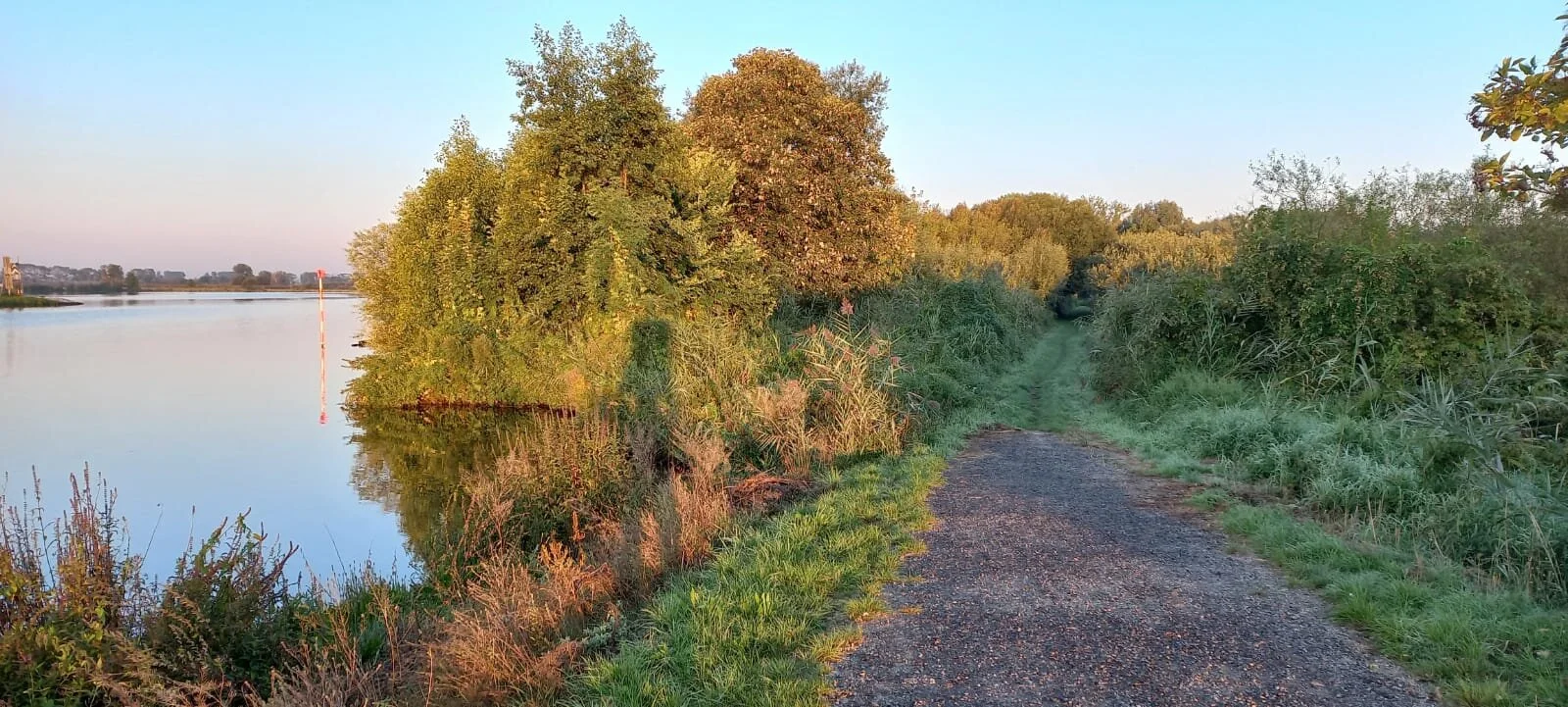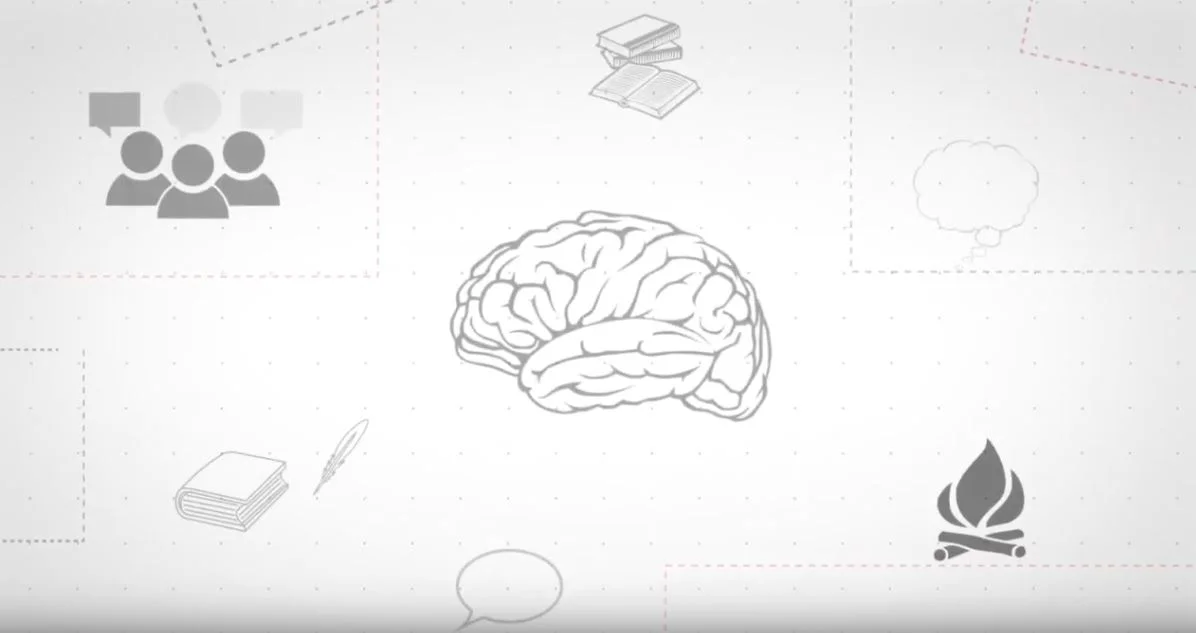„Let’s pave the way into the desired future of Telekom!“
This was the call to the participants of BST18 in Hamburg, to join our Workshop.
Dr. Rainer Klose of Telekom AG and me had prepared a Live Session: a real Change-assignment of Telekom was supposed to be worked on with narrative methods. Rainer’s team would give feedback afterwards: in how far can the participants’ ideas be implemented? Will narrative methods co-create the real change-process?
The 3rd slot for the workshops saw us under a blue and sunny sky with very hot temperatures – but the energy of the participants of BST18 was just so great! So we were heading with high mood into our Live Session for planning a real change-project with narrative methods.
The change-assignment was: Telekom AG wants to have 30% women in middle and top management until 2020. Therefore the change department of Telekom, faces two challenges:
- How can we ensure that male decision-makers employ more female applicants?
- How can we receive much more female applications for leadership positions?
Both questions aim at the the mindset oft he employees as well as at the structural conditions such as providing in-house childcare and so on. But in our workshop we wanted to focus solely on the mindset and wanted to shape a “story”, that might be able to reach the employees’ values and mindset and to trigger an impulse for change.
The goal was obvious, but as in many change processes the path that had to be taken to reach that goal was not known yet.
In our Workshop we offered 2 narrative guardrails through this unknown path between the presence and the desired future: 2 groups worked with “the Hero’s Journey”, 2 other groups ware asked to work with metaphors. After 30 minutes they introduced their ideas to each other and we reflected on the chances, risks and differences of the two narrative approaches:
- The 5 steps of the Hero’s Journey gave a brilliant structure for shaping the change-process. They helped – so the feedback in the reflection phase – in designing ideas for interventions, that might address and reach the mindset of the employees. One group hat the idea of collecting positive experiences of women in leadership positions, to spread them, and to include all employees into a participatory process of listening to the stories. Step by step they should change their role from listening to telling and into further developing the narration. This would mean to reach ownership on an own future story – and this is the most significant step for changing the mindset and the believes about what might be thinkable and desirable in future.
- The 2 groups working with metaphors first should think about what metaphor might fit best to how they perceive Telekom in the presence. Then they were asked to change that image into a state of being, that makes the desired future of Telekom (=30% female leaders in 2020) thinkable, possible, and desirable. The ideas of both groups were quite different, but helped in both groups to derive ideas out of the change in the metaphors and the future-metaphor, that might help to reach the desired future in the real organization.
The results of one of the groups working with the „Hero’s Journey“ and the 2 „Metaphor-Groups“ can be downloaded here; here you find a german version of this text.
The reflection about the two narrative guardrails into the desired future I would have loved to continue much longer – it was exciting to discuss about the chances and differences in the 2 narrative approaches. All participants agreed, that both approaches gave a helpful structure for shaping the change-process. Rainer Klose took the ideas of the teams back to Bonn, into the change-department of Telekom – now we are curiously waiting for their feedback and if narrative methods could be implemented into the real change-process.
To put it in a nutshell: The Live-Session wasn’t only loads of fun and a confirmation, that narrative methods are a splendid and very helpful tool in change-processes – Rainer and me were able to listen to the many creative ideas of very professional, special people from different professional branches and nations. Thank you so much to our participants of the workshop „Shaping a Future Story of Telekom“!
Warm regards,
Christine Erlach























